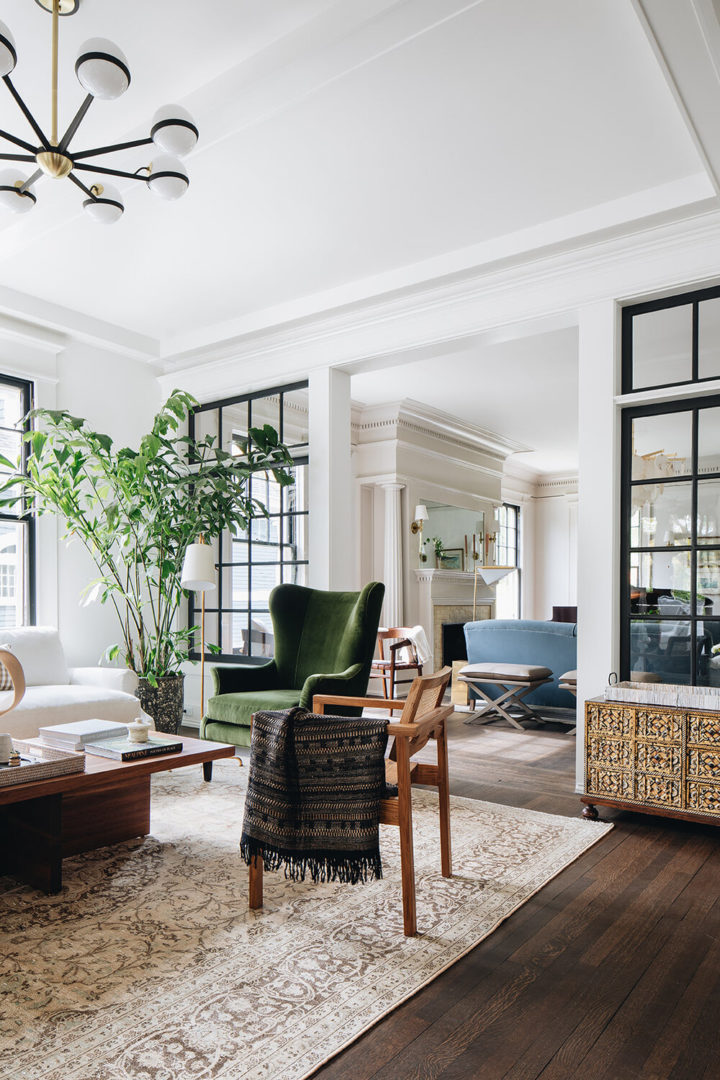Work with an innovative Architecture Firm for cutting-edge and creative designs.
Work with an innovative Architecture Firm for cutting-edge and creative designs.
Blog Article
Change Your Home With Essential Principles of Interior Design and Aesthetic Appeals
By recognizing the influence of shade concept and the relevance of texture and patterns, one can create rooms that are not just visually appealing however additionally deeply personal. Achieving this stability includes more than plain decor; it includes a strategic setup and a keen understanding of exactly how each aspect communicates within a space.
Comprehending Color Concept
Comprehending the concepts of color concept enables designers to create areas that reverberate emotionally with passengers while meeting practical requirements. Each classification plays a crucial function in developing consistency within a space.
The mental influence of shades is profound; warm colors such as reds and oranges stimulate energy and warmth, while trendy tones like blues and greens promote calmness and harmony. Moreover, using corresponding shades enhances visual passion, developing striking contrasts that can raise an area's appeal.
Neutral colors, on the other hand, act as a versatile backdrop, allowing other design elements to shine. It is crucial to consider elements such as lighting and the room's purpose when selecting a shade combination, as these can change the understanding of colors throughout the day.
Eventually, a well-considered color design can transform an area, fostering a sense of comfort and design that straightens with the occupants' choices. Proficiency of color theory is, for that reason, an important skill for any kind of indoor developer intending to produce harmonious and welcoming settings.
Accomplishing Balance in Design
Just how can designers attain a sense of equilibrium in their spaces? Accomplishing balance in layout is essential to developing harmonious insides.
Asymmetrical equilibrium, on the other hand, relies upon differing components that still accomplish a natural appearance. This method permits more vibrant and informal plans, offering rate of interest while preserving stability. By very carefully picking varying dimensions, shades, and structures, developers can create a visually engaging space that feels well balanced yet energetic.
Radial equilibrium emphasizes a central focal factor with components radiating exterior. This style is generally seen in circular layouts, where furnishings and style create a natural surround that draws the eye internal.
Ultimately, achieving balance calls for thoughtful consideration of range, percentage, and the connections between aspects. interior design firms. By masterfully using these balance principles, designers can transform spaces into environments that feel both cosmetically pleasing and functionally harmonious, enhancing the total experience for residents
Value of Spatial Awareness

An eager sense of spatial awareness allows developers to determine centerpieces within a room, guiding the viewer's focus to key attributes while maintaining an overall feeling of unity. It also assists in the critical placement of illumination, which can drastically affect the perception of space and state of mind. Understanding spatial partnerships makes it possible for the developer to cater to the details requirements of occupants, ensuring that each location offers its intended purpose without endangering aesthetics.
Inevitably, spatial recognition is crucial for optimizing the potential of any kind of interior room. By meticulously thinking about the interaction in between measurements, format, and function, designers can create atmospheres that not just fulfill functional needs but also evoke a feeling of comfort and elegance, improving the overall living experience.
Integrating Texture and Patterns
Accepting a diverse range of appearances and patterns can considerably boost the aesthetic and tactile charm of an interior area. The strategic usage of various products-- such as wood, steel, material, and rock-- creates deepness and interest, making a space feel a lot more inviting and vibrant. Incorporating smooth surfaces with harsh textures can develop an equilibrium that draws the eye and engages the detects.
When including patterns, take into consideration both scale and repeating. Huge patterns can function as prime focus, while smaller, refined layouts can match various other components without overwhelming the space. Layering patterns, such as pairing flower paddings with candy striped throws, includes intricacy and a feeling of harmony if performed attentively.
It is additionally critical to maintain a cohesive color combination, making sure that structures and patterns function together instead of compete for focus. By selecting a couple of crucial appearances and patterns, you can develop a linked visual that mirrors your personal style while enhancing the total setting of the area. Inevitably, the mindful unification of these aspects can transform an ordinary room into an advanced atmosphere rich with personality and heat.
Personalizing Your Space
Developing an area that shows your personality is essential to accomplishing a genuinely inviting setting. Personalization in interior layout enables you to infuse your one-of-a-kind style and interests right into your home, transforming it from a plain sanctuary into a refuge that speaks you can check here to that Learn More Here you are. Begin by choosing a shade combination that resonates with your feelings-- bold tones can stimulate, while soft tones offer harmony.
Integrate art work and style that reflect your interests, whether it be travel, nature, or abstract principles. Showing individual collections, such as books, photos, or mementos, can stimulate cherished memories and produce centerpieces within an area. Additionally, take into consideration tailoring functional items, like upholstered furnishings, to align with your visual choices.

Final Thought
To conclude, the change of a home via the essential principles of indoor layout and aesthetic appeal demands a thorough understanding of color concept, balance, spatial understanding, texture, and customization. Each component adds why not find out more considerably to producing an unified and practical living environment - miami interior design. By thoughtfully incorporating these principles, individuals can improve the aesthetic allure and emotional resonance of their areas, ultimately promoting a home that mirrors unique identities while offering comfort and functionality
Report this page